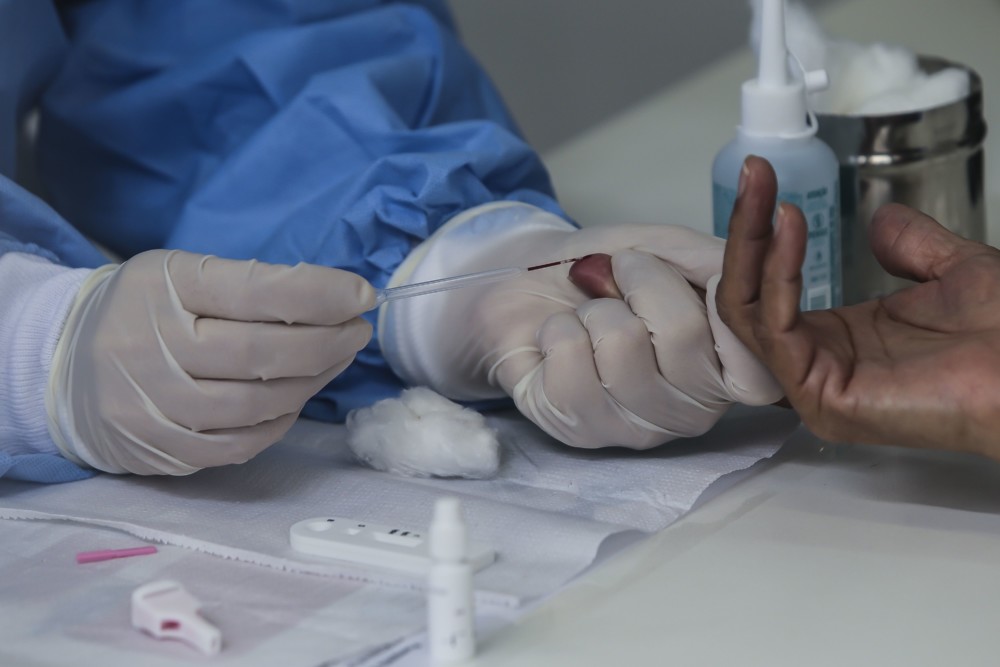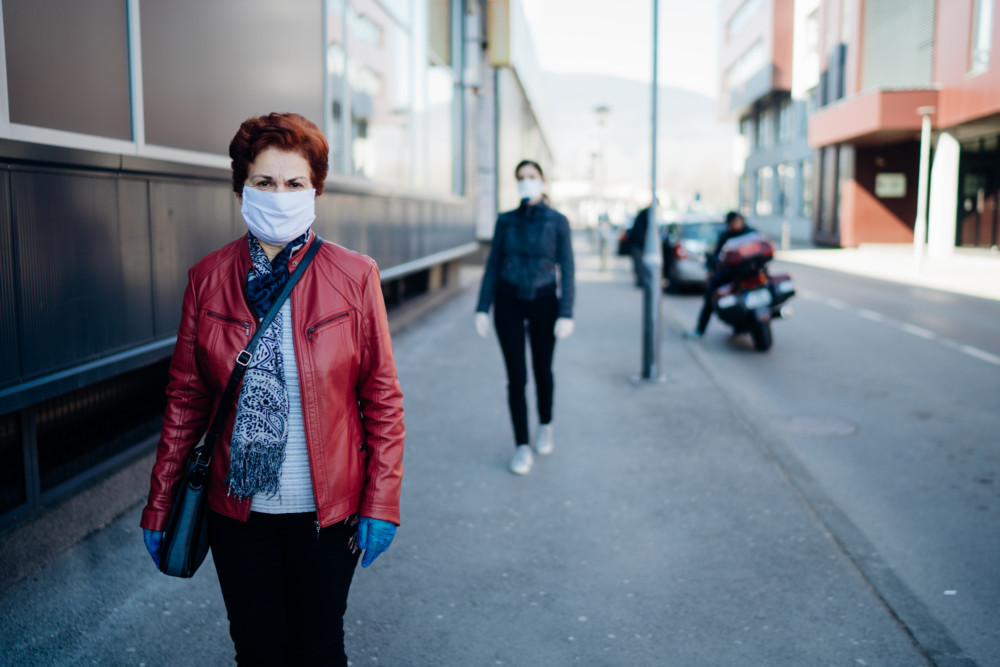By Jaweed Kaleem
Los Angeles Times
WWR Article Summary (tl;dr) New antibody testing reveals 1 out of 5 New York City residents, 21.2%, may have had the virus and recovered. Most of the people who were randomly tested outside grocery stores showed no symptoms. This suggests the virus may have been here a lot earlier that we thought.
Los Angeles
As some states and cities lift stay-at-home orders and many seek to ramp up coronavirus testing, new evidence is emerging that infections spread farther, faster and earlier than initially thought.
In New York, the U.S. epicenter for the virus and deaths from the disease it causes, COVID-19, Gov. Andrew Cuomo announced on Thursday that one of the largest efforts in the country to test for antibodies found that just over 1 out of 5 New York City residents, 21.2%, may have had the virus and recovered. The vast majority had shown no symptoms, a feature that has contributed to the virus’s spread.
Another study released by researchers at Northeastern University in Boston concluded that as early as March 1, the day New York City confirmed its first case, 28,000 people had been infected in five major cities, New York, Boston, Seattle, Chicago and San Francisco. That estimate is 1,000 times the official tallies at the time, which showed only 28 infections in the United States.
Coupled with new findings this week in Santa Clara County, where the medical examiner confirmed that California had the earliest deaths from COVID-19, on Feb. 6 and Feb. 17, the new information suggests a national epidemic was underway far earlier than stay-at-home orders were put in place and testing was available. Prior to the Santa Clara results, a man in Washington state, whose death was confirmed Feb. 29, was thought to be the country’s first casualty.
For the New York data, the state randomly tested 3,000 residents at grocery stores and other businesses in 19 counties and 40 cities. The largest share of positive results for infection were in New York City, where 1,300 people were tested. Outside the state’s biggest metropolitan area, the positive rate was 3.6%. Cuomo said those infected likely contracted the virus under two months ago, since mid-February.
The study results, which would indicate 2.7 million infections in the state, still must be further analyzed, the governor cautioned. He said that the numbers were “skewed” because those tested at the various sites may have tended to be people who were taking fewer social distancing precautions than the general population and thus more likely to have been exposed to the virus.
While the study indicated a far greater spread of the virus, it also would mean that the state’s death rate is lower than estimated. More than 15,000 New Yorkers have died from COVID-19.
Cuomo said the state’s total coronavirus hospitalizations had continued to go down, but that hospitals’ admissions of new patients remained flat at around 1,300 a day. That is “not great news,” he said. And the number of deaths, 438 people on Wednesday, “is not coming down as fast as we would like it to come down,” Cuomo said.
Overall in the U.S., the death toll exceeded 47,000 on Thursday. The number has jumped by more than a thousand daily in recent weeks. At the beginning of the month, total deaths were at 4,780.
The virus’s economic toll continued to grow as well. New federal data showed an additional 4.4 million Americans filed for unemployment last week, bringing the total to 26 million Americans out of work because of virus-related shutdowns. The havoc on livelihoods and the economy has left many state governors torn between calculations about reopening their economies and risking the health of residents.
Several states, many in the South, have outlined aggressive plans to reopen. Georgia Gov. Brian Kemp led the way with plans to have gyms, salons, tattoo shops and bowling alleys receive customers again starting on Friday, though his state had not shown a two-week decline in infection rates, the guideline that the White House has told states should be met before they ease stay-at-home orders.
President Donald Trump, who praised Kemp earlier this week as a man who “knows what he’s doing,” on Wednesday criticized his fellow Republican, saying he disagreed “strongly” with Kemp’s plans.
Kemp, who spoke with Trump by phone on Wednesday, tweeted afterward to praise Trump, but didn’t indicate that he would reverse his plans.
“I appreciate his bold leadership and insight during these difficult times and the framework provided by the White House to safely move states forward. Our next measured step is driven by data and guided by state public health officials,” Kemp wrote. “We will continue with this approach to protect the lives, and livelihoods, of all Georgians.”
Another Republican joined the chorus of critics on Thursday. Georgia Rep. Doug Collins, who is seeking the party’s nomination for a Senate seat, said on “Fox & Friends” that Kemp was “not communicating clearly” to Georgians and failed to get input from local leaders. Mayors in Atlanta and Savannah have spoken out against Kemp’s moves to reopen.
“The president wants the country open. I want the country open. The governor wants the country open. The problem is, how do you do it? And I think that’s the problem with leadership,” Collins said.
___
Distributed by Tribune Content Agency, LLC.















































































































































































































































































































































































